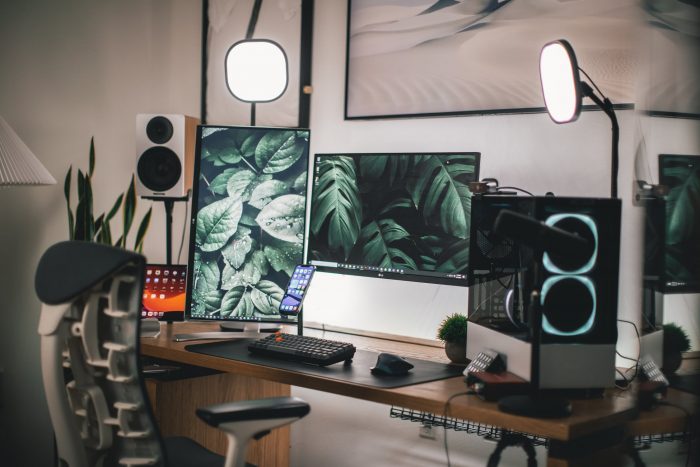When the COVID-19 pandemic struck in early 2020, the education sector faced an unprecedented crisis. Educators and students had to transition from traditional physical classrooms to online learning overnight. With over 1.2 billion children out of the classroom across the globe, schools scrambled to set up remote learning systems. As a result, technology companies have seen a surge of opportunities.
Exponential Expansion
While many industries suffered during the pandemic, the technology sector enjoyed a windfall following the explosion in demand for digital learning tools. According to a report from CB Insights, global equity and venture capital financing for EdTech startups grew from $4.81 billion in 2019 to an impressive $12.58 billion in 2020.
Many established names in tech saw their share of profits as well, with Apple posting robust sales throughout the pandemic. As students purchased personal computers and tablets to attend remote classes, iPad sales rose 77 percent in the first quarter of 2021 compared to the previous year and Mac computer sales increased by 69 percent.
Similarly, tech giant Alphabet Inc.’s free Google app for schools, Google Classroom, recorded a huge increase in users—from 40 million to 150 million—over the year. And while Google Classroom is fundamentally free, capturing the education market and the recognition of millions of young people will bring long-term benefits to the brand and its other products.
In September, Alphabet Inc. continued its strategy to gain coveted market share by providing free content on Cuemath, an online live math tuition provider. With about 300,000 students worldwide, the company has its eye on cornering India’s massive e-learning market.
A Lasting Effect
Even as vaccination and reopening efforts ramp up and in-person instruction resumes, it appears that blended learning is here to stay.
Research has shown several advantages that digital learning has over traditional learning, including requiring 40-60 percent less time to complete and increasing learning retention by 20-60 percent. In addition, 81 percent of American college students indicated that digital learning technology had a positive effect on their grades, game time notwithstanding.
These advantages are particularly visible in higher education where remote learning has accelerated the trend towards more flexible hybrid academic models that not only improve student education outcomes but also result in considerable tuition cost reductions.
In the corporate sector, the digital learning revolution is invigorating a host of business-to-business (B2B) training providers who are racing to develop more products and services as businesses adopt online corporate training sessions and workshops.
Global EdTech investments were already on the rise before the advent of COVID-19, with the market for online education estimated to be worth $350 billion by 2025. Over the pandemic year, the Big Tech superpowers of Amazon, Apple, Google, Microsoft, and Facebook posted a combined annual revenue of over $1.2 trillion.
The pandemic has fast-tracked the adoption of technology across the education landscape. From video conferencing tools to live tutoring and independent learning apps, digital will be part of the new normal of education. With its financial leverage and market share, Big Tech is well poised to take a large chunk of the digital learning pie.

